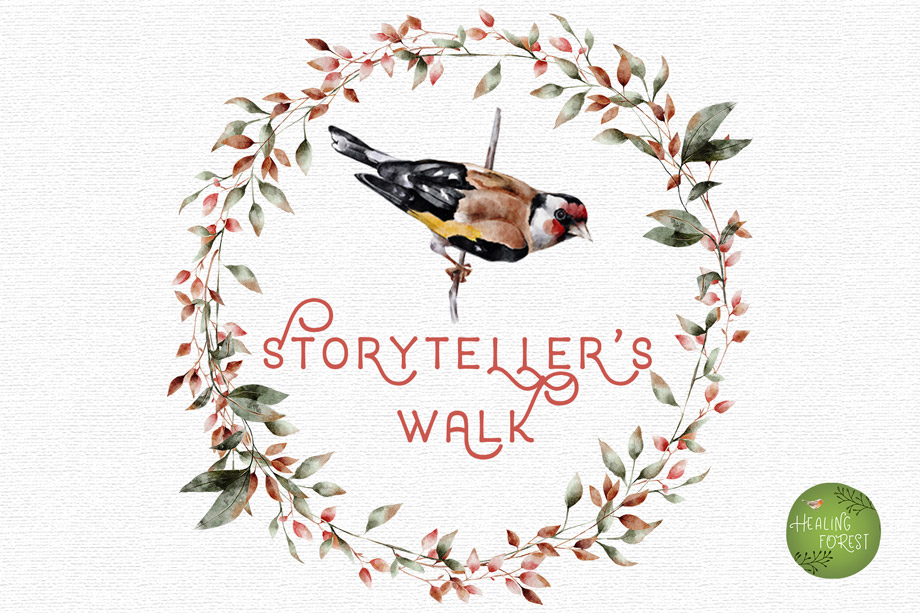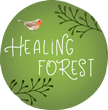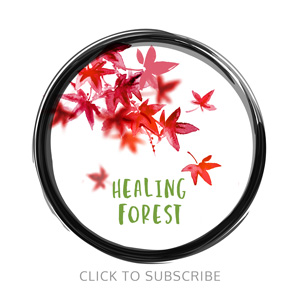Peace walk introduces you to a novel concept that creates calm through nature and images. Learn how to add a few mindful activities to your walk, creating moments of tranquility and peace. It also offers a simple way to grow harmony and understanding between friends and family.
Peace is a strange bird. The more you look for it, the harder it is to find.
As a species we have evolved in nature. Therefore, returning to nature affects our mind, body and mood in many positive ways. For our peace walk, we will utilise the cameras in our smart phone to train our mind as well as create a highly memorable experience.
Our phones are usually the reason for our fragmented attention spans and many people are hooked to their screens. Let’s see if we can turn our device of distraction into a mode of meditation, and in the process break our screen addictions.

This walk is part of our free Nature Play programme of 12 magical walks. Every month we share new activities to learn highly useful life skills from nature.

How to create walks that create change.
Nature Play >>
Peace Walk Rules
- You can only take 1 picture per exercise. It’s not about taking the perfect picture. It’s about capturing the emotion you feel in that moment. Try and carry out the exercise in silence – allowing space for each person to find their special moment.
- At the end of each exercise, there is a circle of sharing in small groups of 5 or less. Participants share the pictures they have taken as well as any insights or learning that might occur.
Why does the mindful photography walk work? This walk works by engaging the creative side of our mind. Photography helps us bring our attention to the present moment. By restricting the number of photos one can take, we become more mindful of our thoughts and emotions. The different activity themes have been carefully chosen. They help us observe the wonders of nature and find wonderful insights that we can apply to our lives. Finally, the act of sharing after each activity turns individual experience into a collective experience.
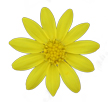
Peace Walk Activities
Up Close
In the first round, participants are asked to take a close-up shot of something beautiful in nature. Close-ups help us observe and appreciate the tiny wonders that are often overlooked. They fill our mind with wonder and awe and make us more open to experiencing the many gifts of nature.

Slow
In the next section ask people to take a picture that captures the essence of the word ‘Slow’. The aim is not just to take a picture but also slow down your own pace. Slow down your thoughts. Open your senses so that you can be in sync with the rhythm of nature.

Contrast
In the next round we capture one image that represents ‘Contrast’ in nature. Try to avoid cliche of ‘Life and Death’. Look for an unusual example of contrasts as you will find that nature abounds in contrasts – so does our mind.

Patterns
Look for interesting patterns in nature. Capture a beautiful pattern that calls out to you. Reflect on the patterns in our own life, as we are part of nature too. In the sharing session at the end of this section, participants can also share something about their personal patterns.

The Invisible Photograph
Participants are asked to capture something invisible. It is an open-ended prompt and all interpretations are welcome. This activity lays importance on the idea behind the image and noticing the emotion captured in the photograph. The art of making the invisible visible, is also an unusual way of observing how our mind works.
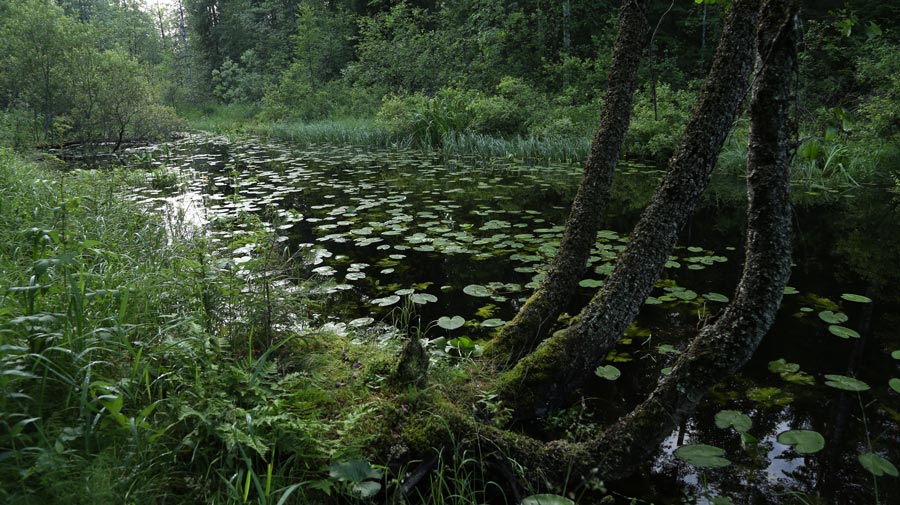
The Mind Camera
End your walk by asking participants to put away their phones. Simply walk in silence and create a mental snapshot of the forest in your head. A memorable image that you would like to carry back with you. Participants end the walk with a closing circle and talk about the image in their head. This simple activity will expand your calm to a whole new level.

Peace Walk Take-aways
Some of the key take aways from this walk are that we get to learn the stories behind the images. Through the stories we are able to get a glimpse into our own minds as well as the minds of others.
The peace walk creates a wonderful connection with others when it is done in groups. The peaceful ambience of nature combined with the creative activity brings people closer to each other.
Finally, we understand that the best image one can take is not with a camera, but with the mind. The ability to carry a peaceful image in our mind is a priceless gift. It’s because we can turn to it whenever we need it the most.
Each walk is unique. There are many other interesting insights that your walks will generate. Feel free to share them with us in the comments.

Peace Walk Experiment
Let’s try a learning experiment. Please share this page with friends who might enjoy the exercise but may not be in the same city as you. Ask them to send you 5 pictures from the activities above. As a group you can then create a whatsapp / zoom call for sharing the stories behind your images and theirs.
It’s a great way to see pictures of nature from different parts of the planet, and to create a unique sharing experience where we learn and grow with each other.
You can also post pictures and insights from your Peace Walk on our Facebook group. Use the hash tag #peacewalk and #healingforest. A few lucky contributors will get a surprise gift from us.

END NOTE:
If you haven’t already, do join our Nature Play Walks to get ideas for new walks each month. The next walk focuses on how to create joy through movement and nature.
Healing Forest is run by volunteers. We bring people and forests closer to each other through creativity and mindfulness. Our aim is simple. Helping people heal. Helping forests heal.

